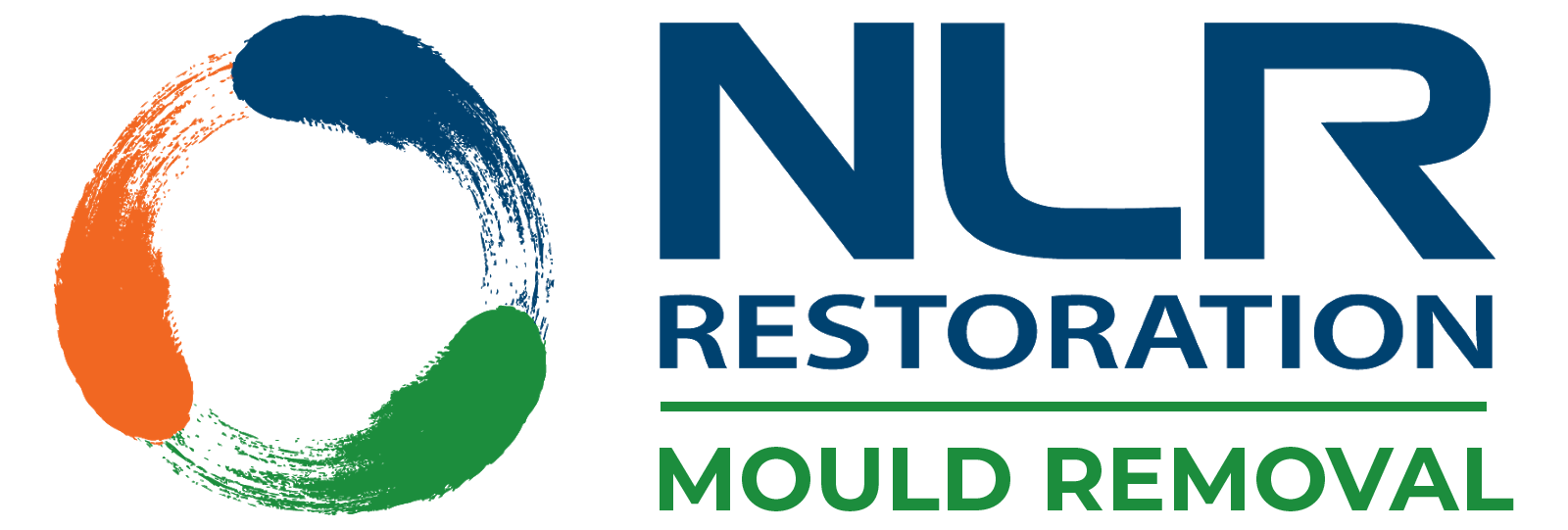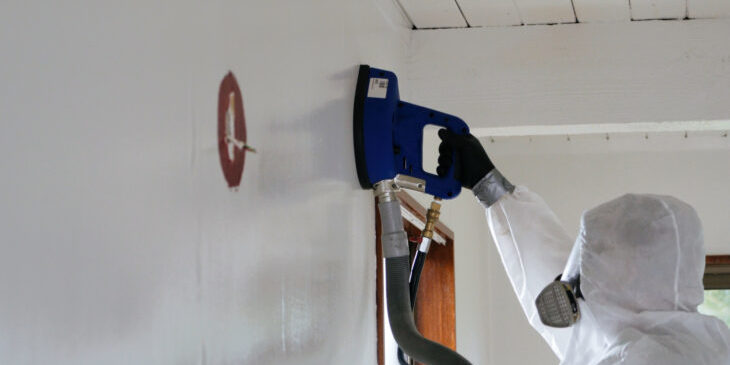Our Mould Cleaning Process
Mould cleaning is part of our whole mould remediation process which includes 3 stages
- Step 1 — Mould Assessment, Assess the damage, Inspect, Mould Sampling (if Required). Write Scope.
- Step 2 — Mould Containment and Air Filtration
- Step 3 — Mould Cleaning and Removal
- Step 4 — Structural Drying
- Step 5 — Post Mould Cleaning & Testing
How We do Mould Cleaning
Firstly, we will generally remove porous materials which cannot be recovered such as plasterboard and carpets. When mould penetrates the surface of these materials it can nearly be impossible for it to be removed effectively. Failure to remove these items can result in future mould contamination after the remediation.
Hepa Vacuum

We will always use a vacuum cleaner with a horses hair tip on it to ensure we can effectively remove the mould spores sitting on all the surfaces before the cleaning. This method is extremely important to contain the mould.
Mould spores tend to move throughout the property during mould cleaning. This is why it is important first to HEPA vacuum the surfaces control the spread of mould.
I produced a video a few years back with David Lark from Mould Lab which explains the importance of HEPA vacuuming before mould cleaning:
Cleaning of Surfaces and Contents
For cleaning structure and contents we generally use a damp wiping solution which includes the use of vinegar/detergent/alcohol or antimicrobial. The mould cleaner we used will depend on many factors including the surface and material we are cleaning.
If we are cleaning using a vinegar solution. We will dilute white naturally brewed vinegar with water and use a microfiber cloth to clean the affected areas. This is followed up with a damp wipe to remove the residue. I also produced another video a few years back explaining this process:
Removal of Mould Odour
Sometimes we will use vaporisation techniques or ozone to help remove residual odours in the air after the remediation is complete. This method will only be used once the physical action of remove the mould is complete.
This process is not always necessary but can successfully used as a final knockdown mould treatment

